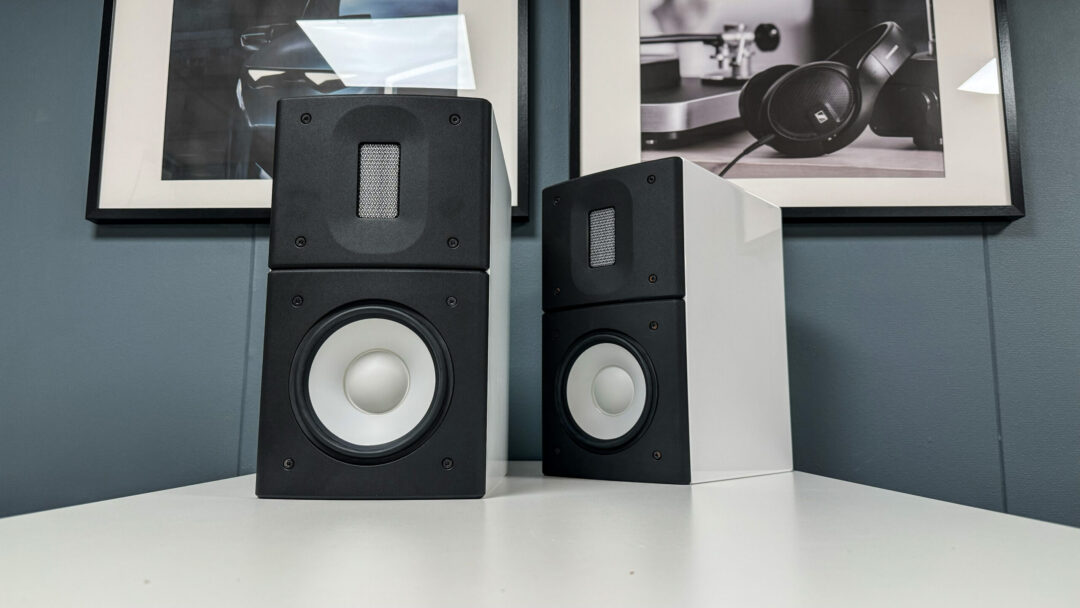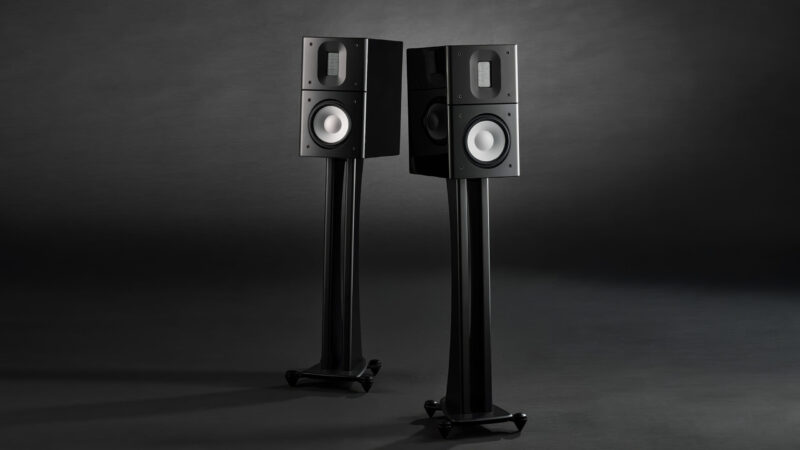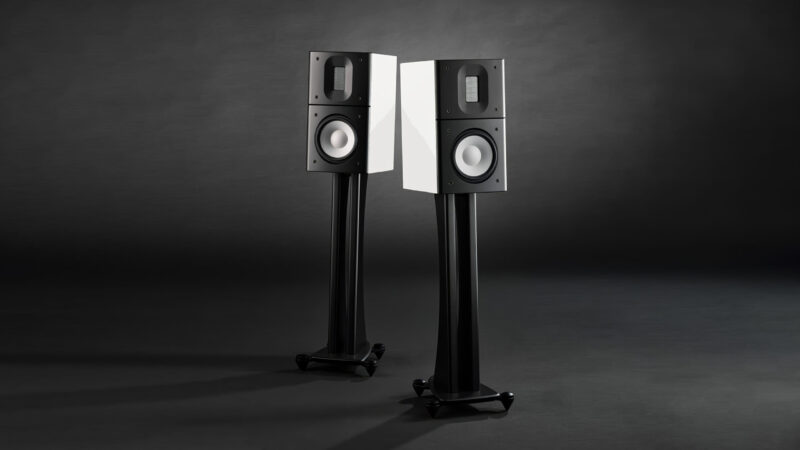Danish Raidho is not like other speaker manufacturers. For one thing, they make all their own drivers, where the process is as exotic as the materials. The materials used are made because of special acoustic properties – and not just because they are exotic in themselves.
The X Series is Raidho’s most affordable speaker series, but it’s built on the same uncompromising mindset as all their speakers. Namely, to deliver the most realistic and effortless reproduction of music possible. To get as close as possible to an “unshakable” reproduction of the music – where the speakers disappear, leaving only a pure musical experience.
A while ago, I tested the Raidho X1t, a more opulent version of the now discontinued X1. The T stands for tantalum, which means the ceramic woofer is coated with a razor-thin layer of tantalum for even better rigidity and lower distortion. The result was a formidable speaker.
A compact big brother
The X1.6 is a big brother to the X1t with a larger enclosure and a 16 cm woofer compared to its little brother’s 13 cm. This gives the X1.6 a deeper bass that extends all the way down to 45 Hz, while the X1t goes no deeper than 70 Hz.
But unlike the X1t, which has a ceramic diaphragm coated with tantalum to reduce distortion, the diaphragm in the X1.6 is “only” made of ceramics. But even though the ceramic isn’t coated with any stiffening material, be it tantalum, titanium or diamond as in the more expensive Raidho series, it is inherently very rigid and lightweight with very low distortion. It’s just that last little percentage of purity that is missing compared to the more exotic coated cones.
The speaker has the characteristic planar magnetic ribbon tweeters that Raidho is known for and a ventilated construction that ensures minimal resistance to pistonic movement. The woofer’s voice coil is made of titanium, which is largely unaffected by induction. All to provide the fastest possible transient response. Of course, these things are expensive.
The ceramic diaphragm in the X1.6 is designed to be incredibly stiff and light, resulting in low distortion and fast response. As mentioned, it only lacks the tantalum coating to bring the distortion down even further, but there’s no need to fear noise here. While the X1.6 doesn’t have the most expensive diaphragm finish like its big brothers, it’s still a true Raidho speaker. A speaker that seeks to deliver a magically realistic music experience, built on an uncompromising approach to speaker design.
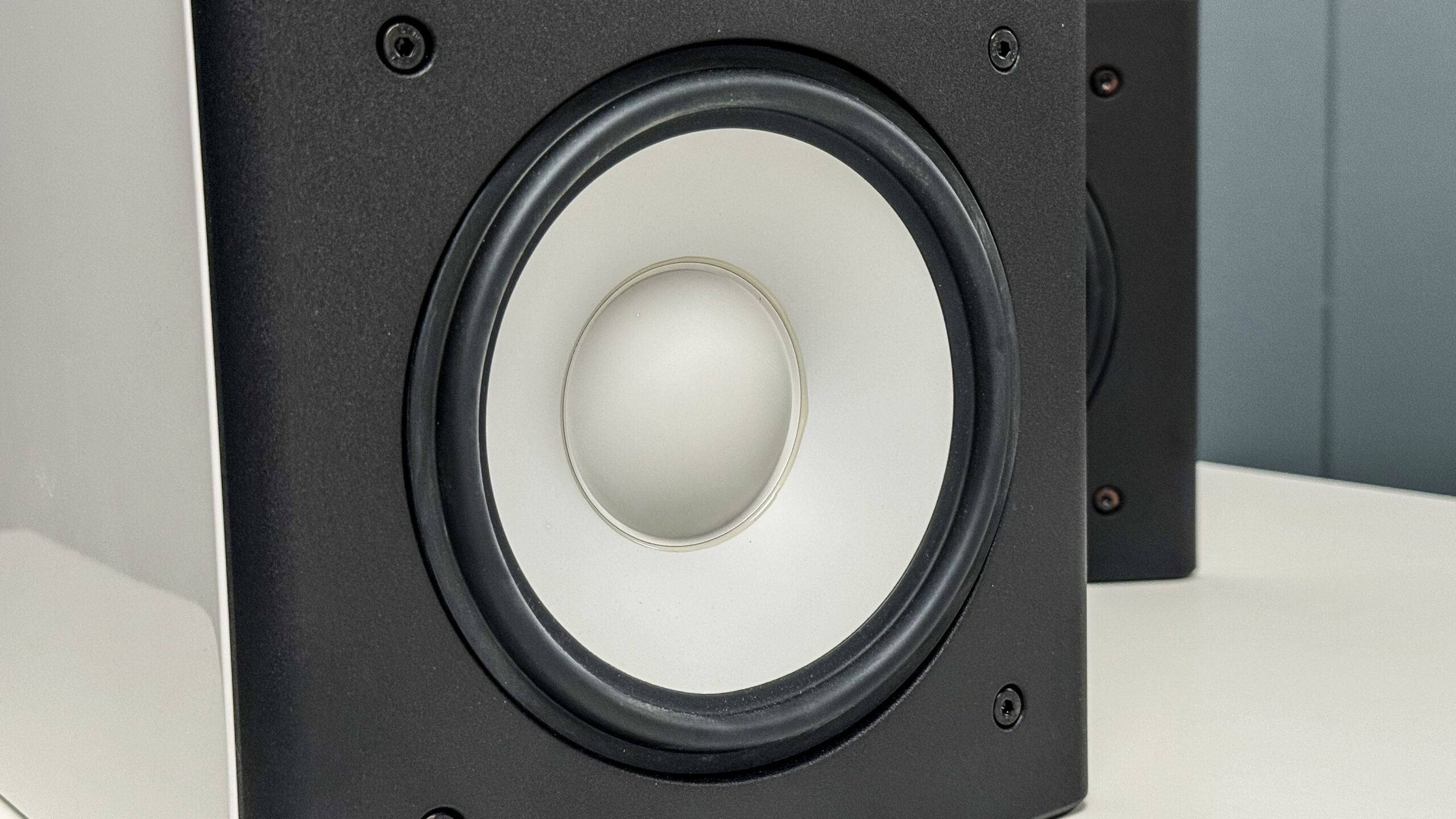
Finding the perfect placement
I’ve always liked Raidho, even though the speakers are notoriously difficult to place in relation to the back wall. They often need to be placed in the center of the floor for balanced bass reproduction, while they sound too boomy if placed closer to the back wall.
On the other hand, there has been a positive evolution in the placeability of recent designs, including the X1.6. But while it’s less critical of placement than its older family members, it still requires careful consideration to perform at its best. If you have the space, it’s a good idea to move them away from the back wall to avoid the bass becoming too dominant, but in smaller rooms there’s no crisis in placing them closer to the wall.
In our dedicated listening room of 30 square meters, I found the most advantageous placement to be around 1 meter from the back wall and 70-80 cm from the side walls. This it shares with its little brother X1t. Closer to the back wall the bass became too loud and further out on the floor it became too tame.
Of course, this will vary from room to room, so my advice is to experiment with placement. It can do wonders for the soundstage.
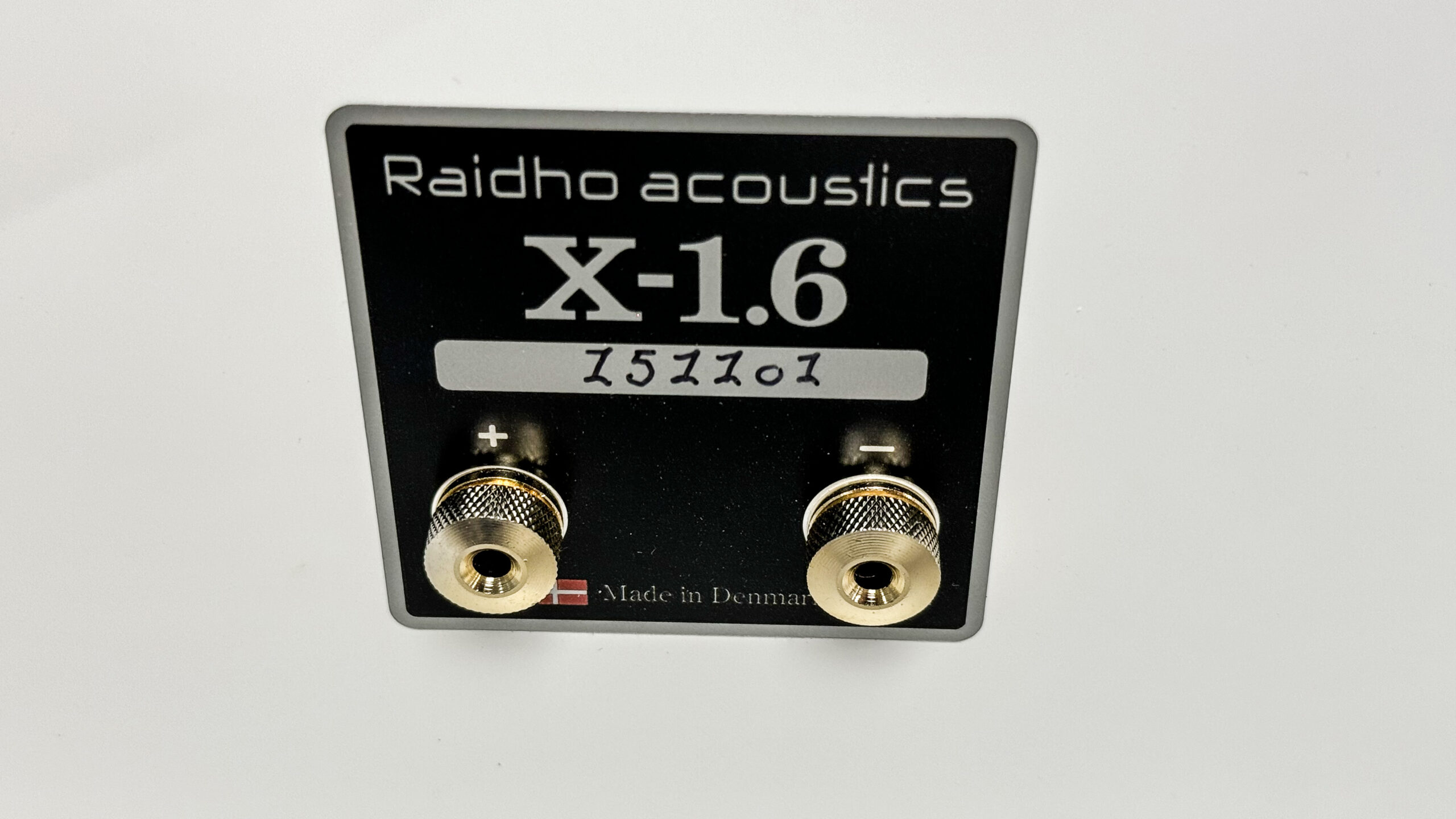
Amplifier
Another thing to consider is that the X1.6, like most Raidho speakers, prefers a slightly powerful amplifier to perform at its very best. A Hegel H590 (2 x 300W) or equivalent will really make them shine. I’ve also had good luck with my trusty (and discontinued) AVI S21 MI Laboratory Series integrator (2 x 150 W) with a good streamer like the Gold Note DS-10 EVO.
But smaller amplifiers can also work well, especially in smaller rooms. The important thing is that the amplifier has enough power in reserve and is fast enough to keep up with the speakers’ lightning-fast transients. The Lyngdorf TDAI-1120 (2 x 60W) is an example of a good quality amplifier with limited power resources. In my small home office, it has no problem getting good things out of the X1.6, but it lacks a bit of power and control to drive the speakers to great heights.
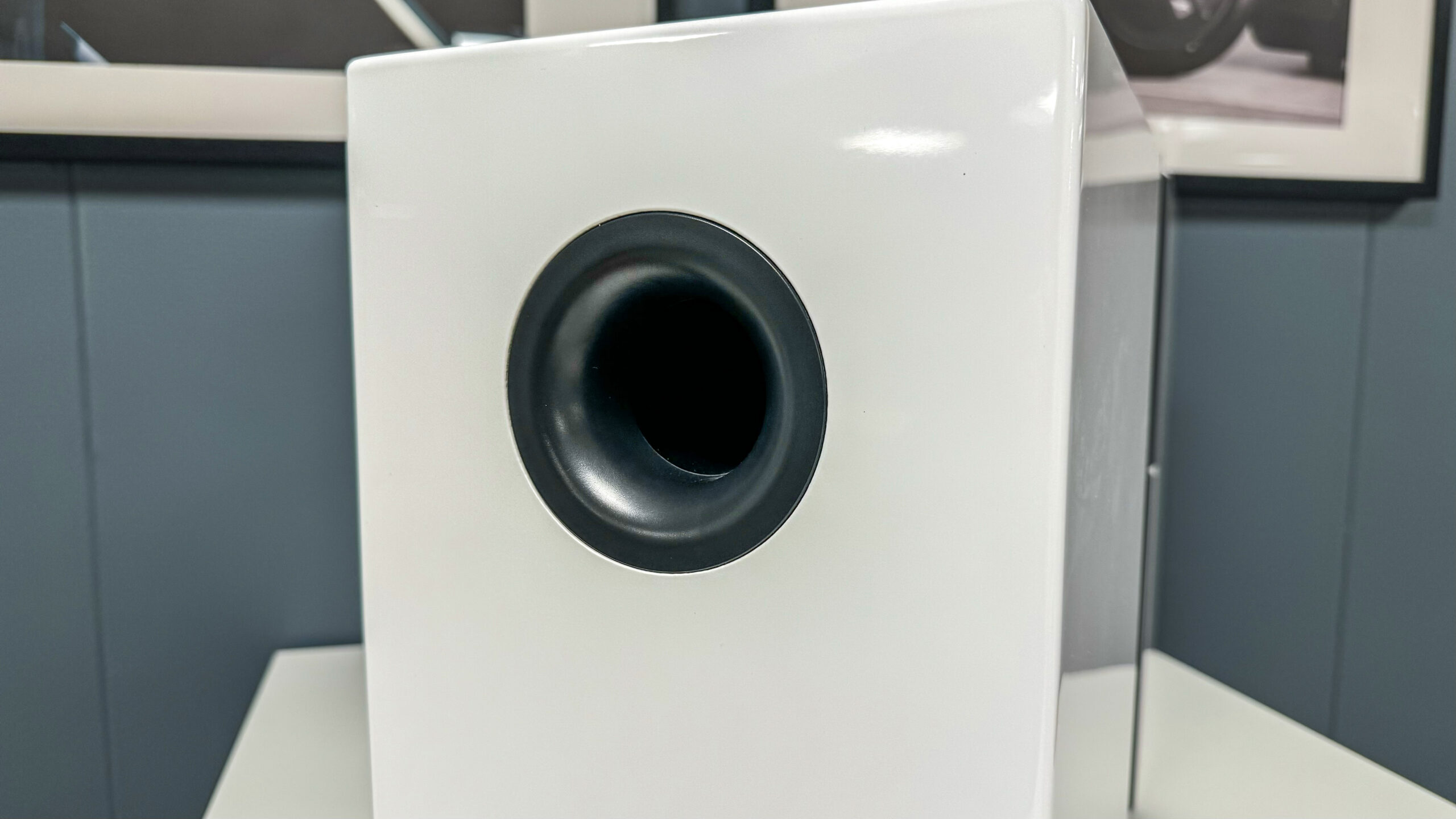
The sound of the Raidho X1.6
Sonically, the Raidho X1.6 is a true pleasure to listen to. Take for example the song Dream of You by Lionlimb with guest vocalist Angel Olsen. It really shows what qualities the speakers possess. The slightly dirty sound with distorted guitar, a keyboard that pans back and forth in the sound, raw and unpolished drums, and Angel Olsen’s beautiful voice in the middle of it all is simply wonderfully reproduced. It may seem like a paradox that the exemplary purity of the speakers emphasizes the dirty and raw nature of the soundscape.
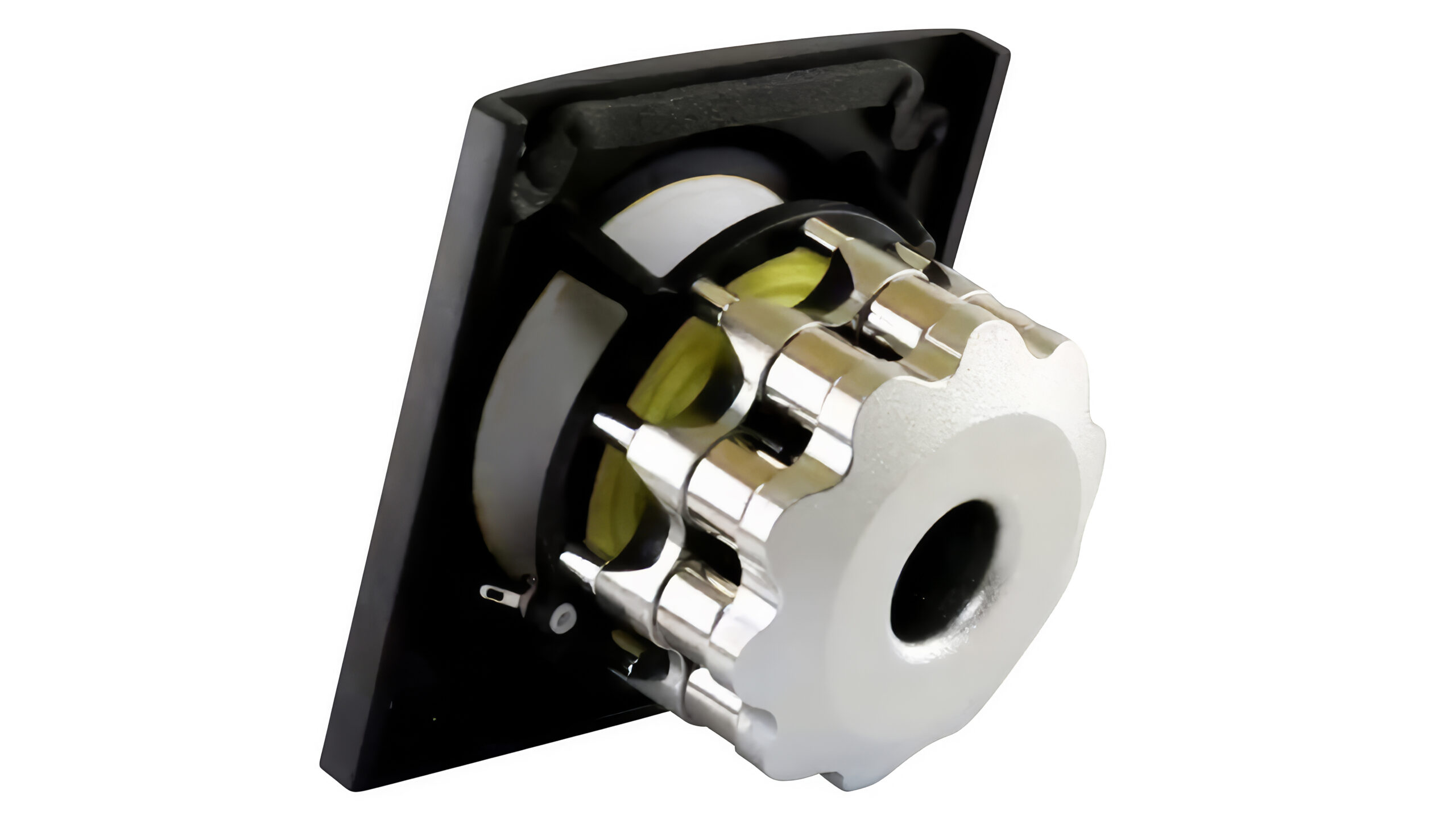
It’s as pure as it gets, and the saxophone in Markusphilippe’s Pink Panther-interpretation sounds almost magical. Like it’s being played in the room right in front of me. The double bass sounds wonderfully raspy yet rich.
The insanely cool Fiona Apple-esque jazz song Big Feelings by Willow flies off from the first bar. Alongside the excellent voice, the focus is on the drums and piano. You are left with a mixed feeling of melancholy and pure stress, and I love it! Here the speakers really show their strength in the midrange, where the dark and complex piano sound is allowed to shine while the cymbals float on clouds.
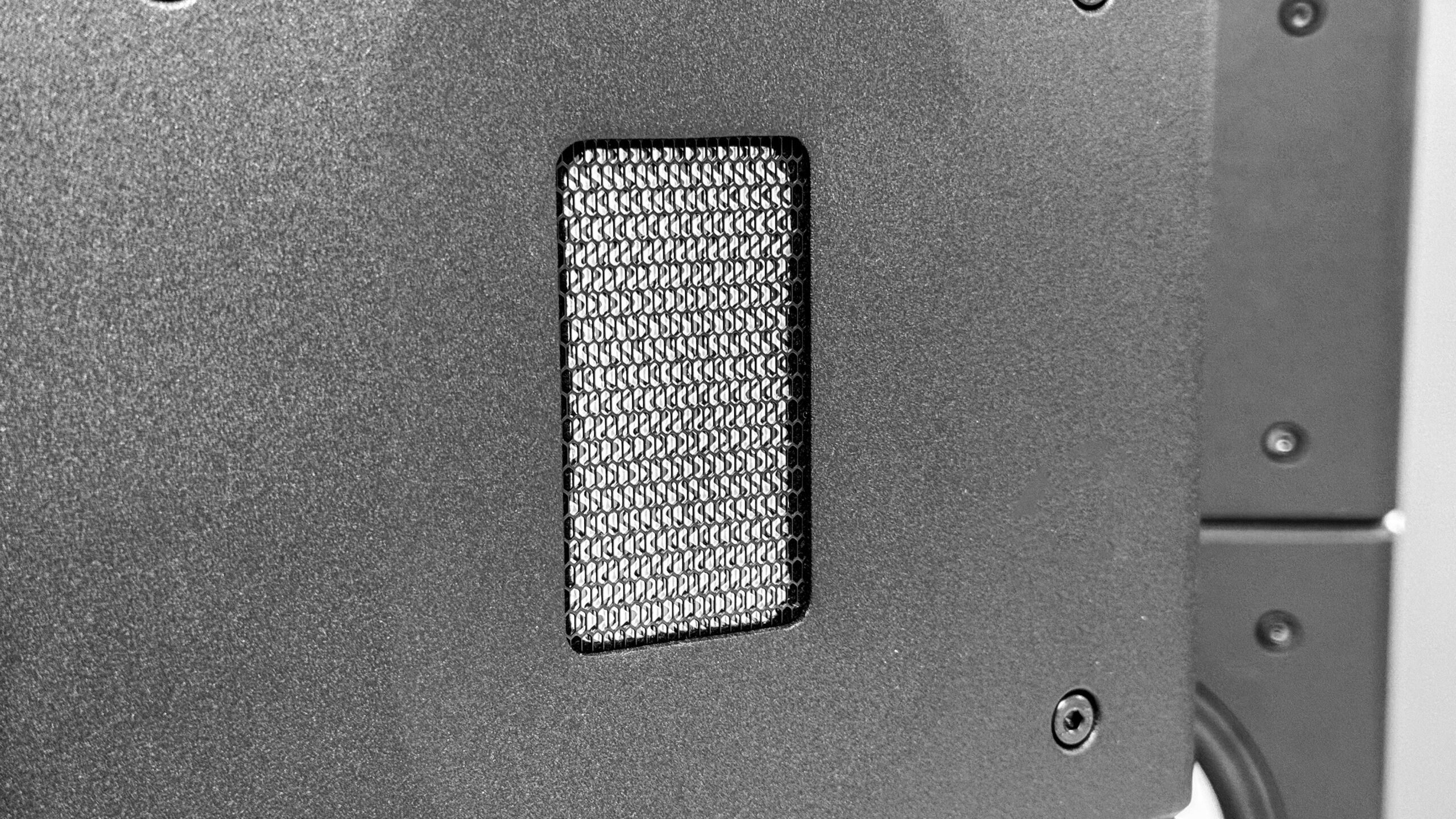
The X1.6 goes deeper and is more stable in the bass than the X1t. However, there’s still a limit to how loud they can play before the woofers start to make a little noise in the form of squealing. You have to be careful with the sound level on tracks like Lizzo’s About Damn Time, where juicy drum rhythms scream for a punchy bass response. As always, the speakers bring out the qualities of the midrange and treble, and at moderate volumes the bass is also spot on. But don’t turn up the volume too much and the speakers will let you down. Of course, they don’t have the same fun factor as larger speakers.
However, I’d be careful about highlighting this as a minus. This is because the speakers are designed to fully utilize the dynamics without holding anything back. When the drivers are involved in the entire journey of the sound wave from the highest peak to the deepest valley as quickly as possible, it has nothing to lose when you try to force it to play louder than its physical limitations. It will let you know with noises.
You might wish the speaker would taper off earlier in the bass in favor of a higher maximum sound pressure level. But that would be counterproductive. For that, Raidho would probably tell you to buy one of their larger models.
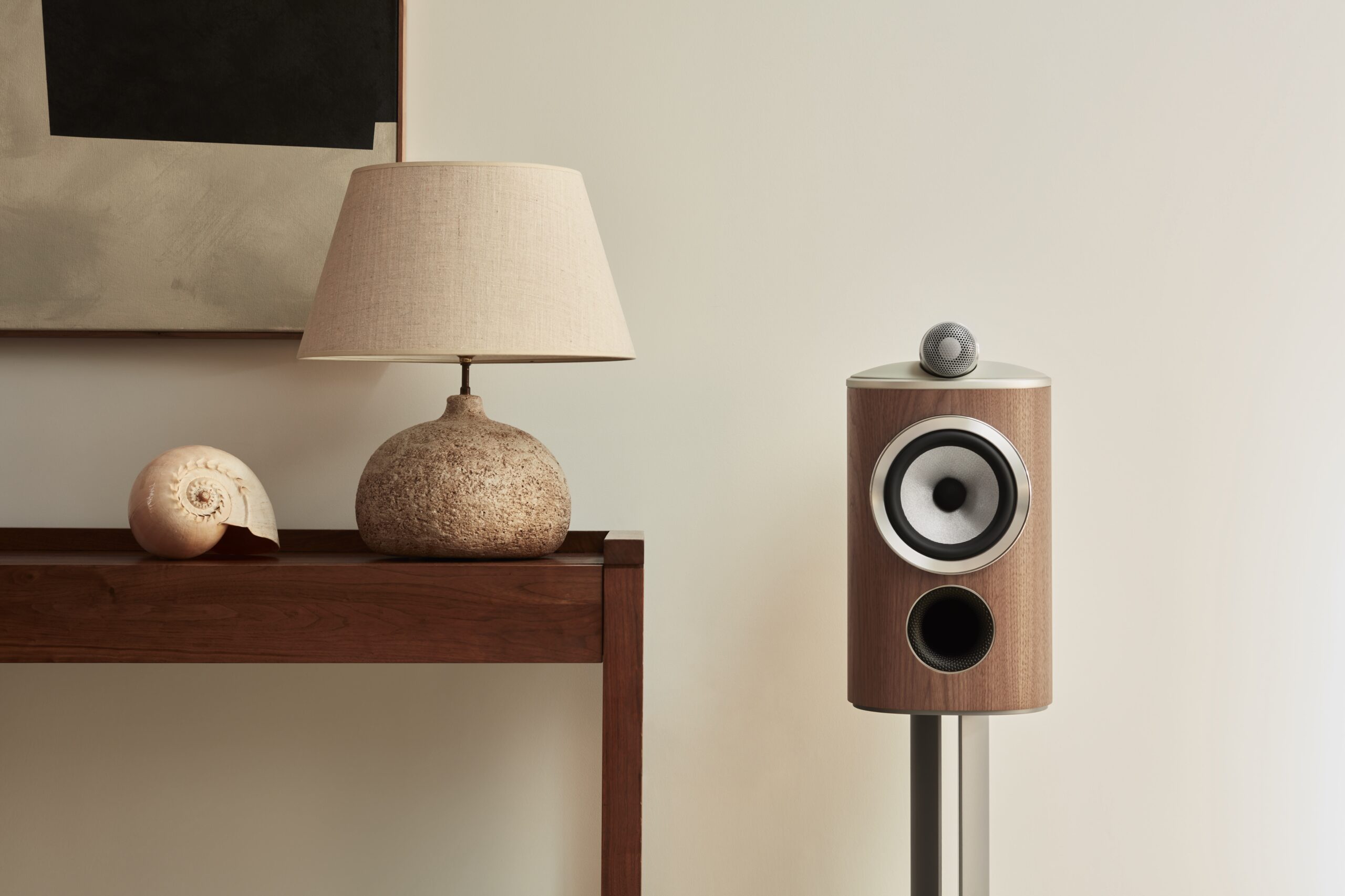
Competitors
Among the speakers I can think of in this price range that deserve a listen is the classic Rogers LS5/9. With a great midrange and exquisite balance. And with a bass so neutral that it actually comes across as tame. Not so with the Raidho X1.6, which are more engaging to listen to. They also have more air at the top and more punch at the bottom.
The Audio Physic Spark is larger than the Raidho X1.6 and goes a little deeper in the bass. They’re also more prominent in the midrange, although the Raidhos are probably even a notch cleaner. Especially in the upper midrange, the Raidhos is a bit more restrained, making instruments and voices sound a bit more gentle. In a perfect world, I’d like to combine their strengths, i.e. a Raidho speaker with some of Spark’s upper midrange focus.
The Bowers & Wilkins 805 D4 is a kind of reference standard among compact speakers. Although they sound different, they have pretty much the same strengths and weaknesses as the Raidho X1.6. With great resolution and bass response, but slightly restrained dynamics at higher sound levels. The B&Ws look more expensive and go deeper in the bass. They’re also less fussy about placement. But the X1.6 has an x-factor that the B&W doesn’t have. The tones don’t sound as “mathematically correct” as through the B&Ws, and I usually prefer to listen to the Danes.
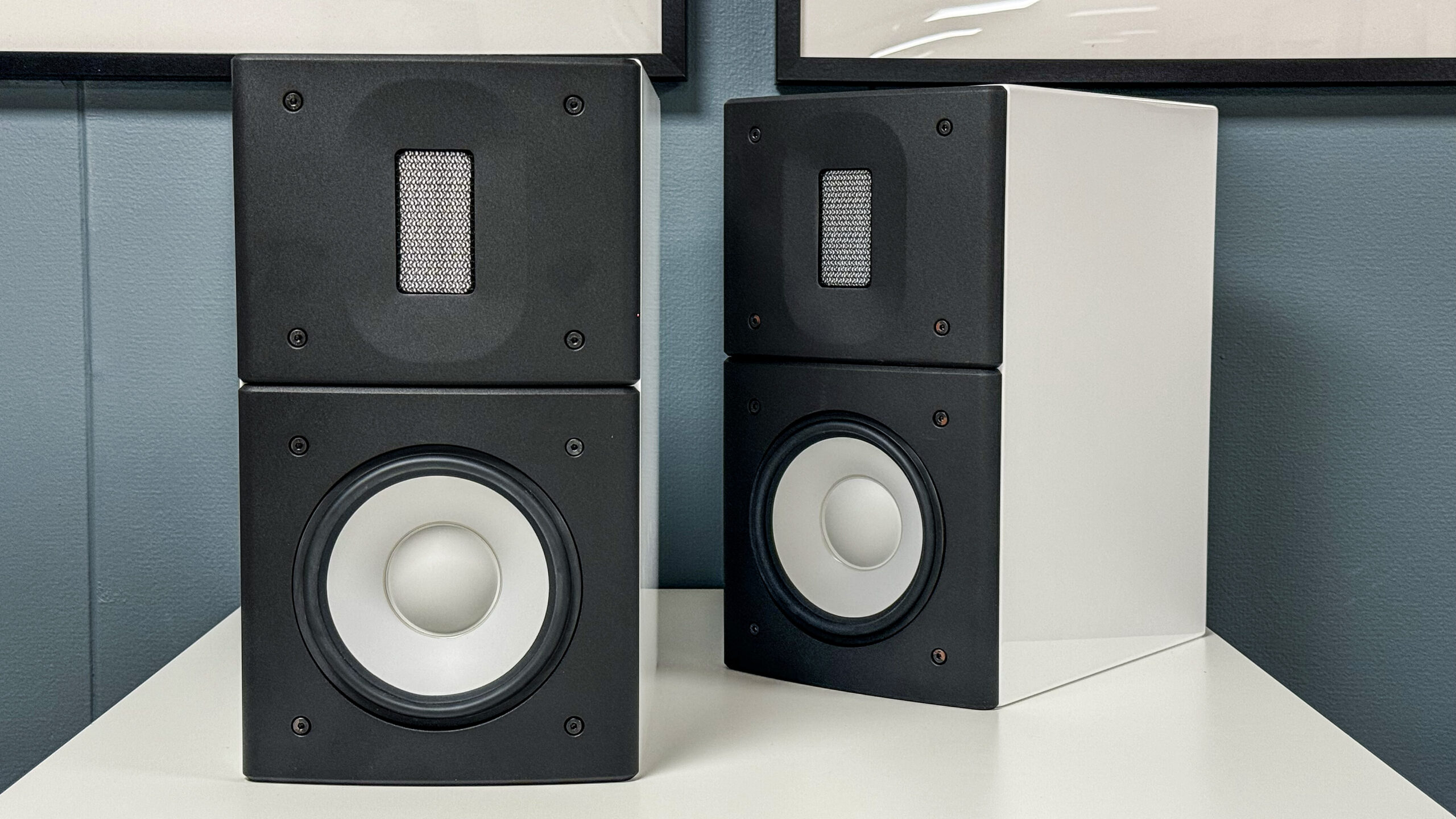
Conclusion: Raidho X1.6
The Raidho X1.6 is a stunning compact speaker that delivers a magnificent sound where both vocals and acoustic instruments stand out in all their glory.
If you’re looking for a pair of compact speakers with a bell-like sound and out-of-this-world resolution – especially in the treble – you’ve come to the right place. A stunner of dimensions, simply addictive.
Acoustic music in particular shines. Classical music too, although some might wish for a greater dynamic range. There’s a limit to how loud these Raidho’s can play before the woofers start to make a screeching noise. For the same reason, you have to be careful with party music. But within its range and scale, this is among the best you’ll hear in this class.

We think
Realistic soundstage with exemplary purity and resolution. Effortless and engaging reproduction of vocals and acoustic instruments. Deeper and richer bass than its little brother X1t. Limited maximum sound pressure before the woofer cuts out. Obviously not ideal for party music that requires high volume and you also need to be careful with very dynamic classical music.
7200 €
Specifications
- Type: 2-way bass reflex
- Midwoofer: 16 cm (6”) ceramic with tantalum coating
- Tweeter: planar magnetic ribbon tweeter
- Sensitivity: 87 dB (2.83V, 1m)
- Impedance: 6 ohms
- Frequency range: 45 Hz – 50 kHz
- Crossover frequency: 3.5 kHz
- Max load: not stated
- Recommended amplifier power: more than 50 W
- Dimensions/weight (cm / kg): 32 (H) x 14.5 (W) x 23 (D) / 8 kg
- Colors: High gloss black, high gloss white
- Web: raidho.dkraidho.dk
